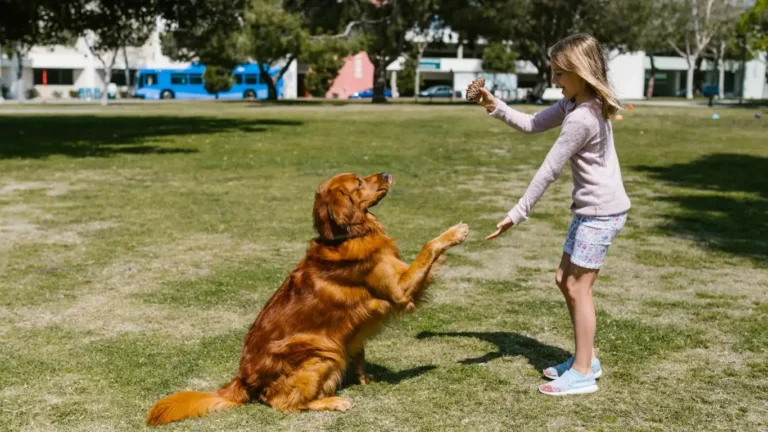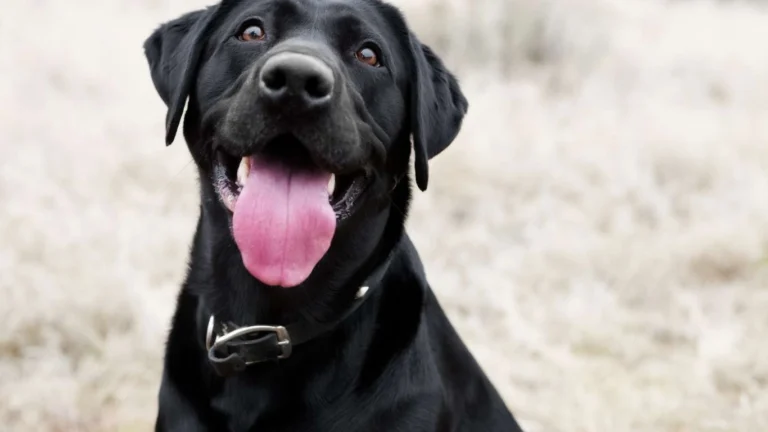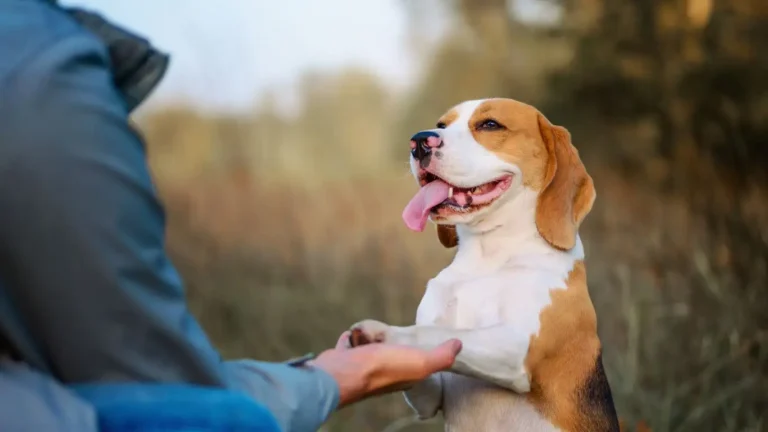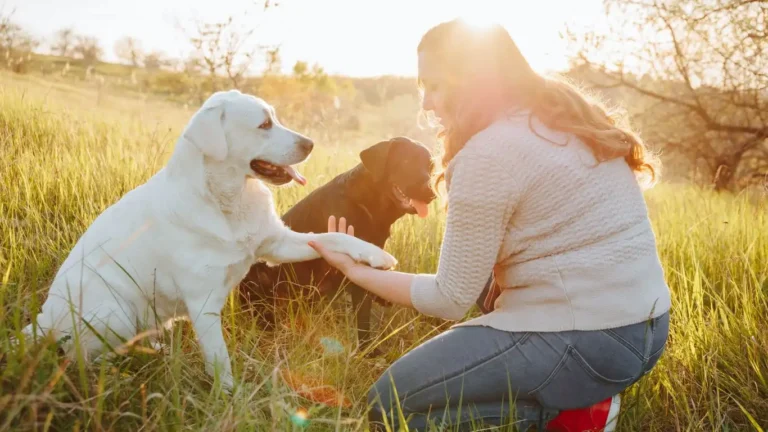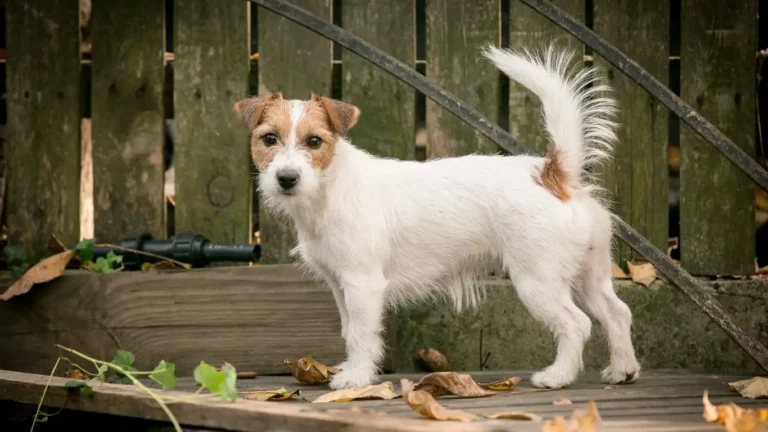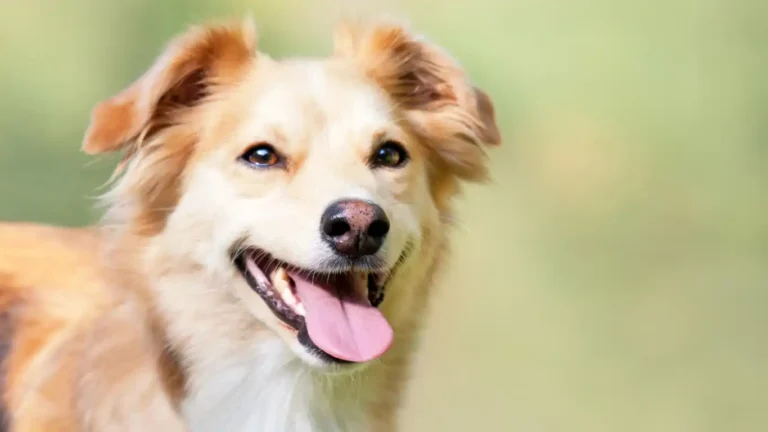Ultimate Guide to How to Train a Dog to Wait Before Exiting the Car Safely
If you’ve ever opened your car door and your dog bolts out like it’s a race, you’re not alone. I’ve worked with dozens of dogs in my role as a Canine-Assisted Therapy Trainer, and one of the first safety behaviors I teach is how to train a dog to wait before exiting the car. It’s not just about manners—it’s about preventing injuries, avoiding traffic dangers, and creating calmer transitions. Whether you’re pulling into a busy parking lot or arriving at a hiking trail, having your dog pause and wait for your cue is a game-changer. And trust me, with a bit of consistency and patience, any pup can master it—even the wiggly, high-energy ones.
Why Teaching Your Dog to Wait Is a Game-Changer
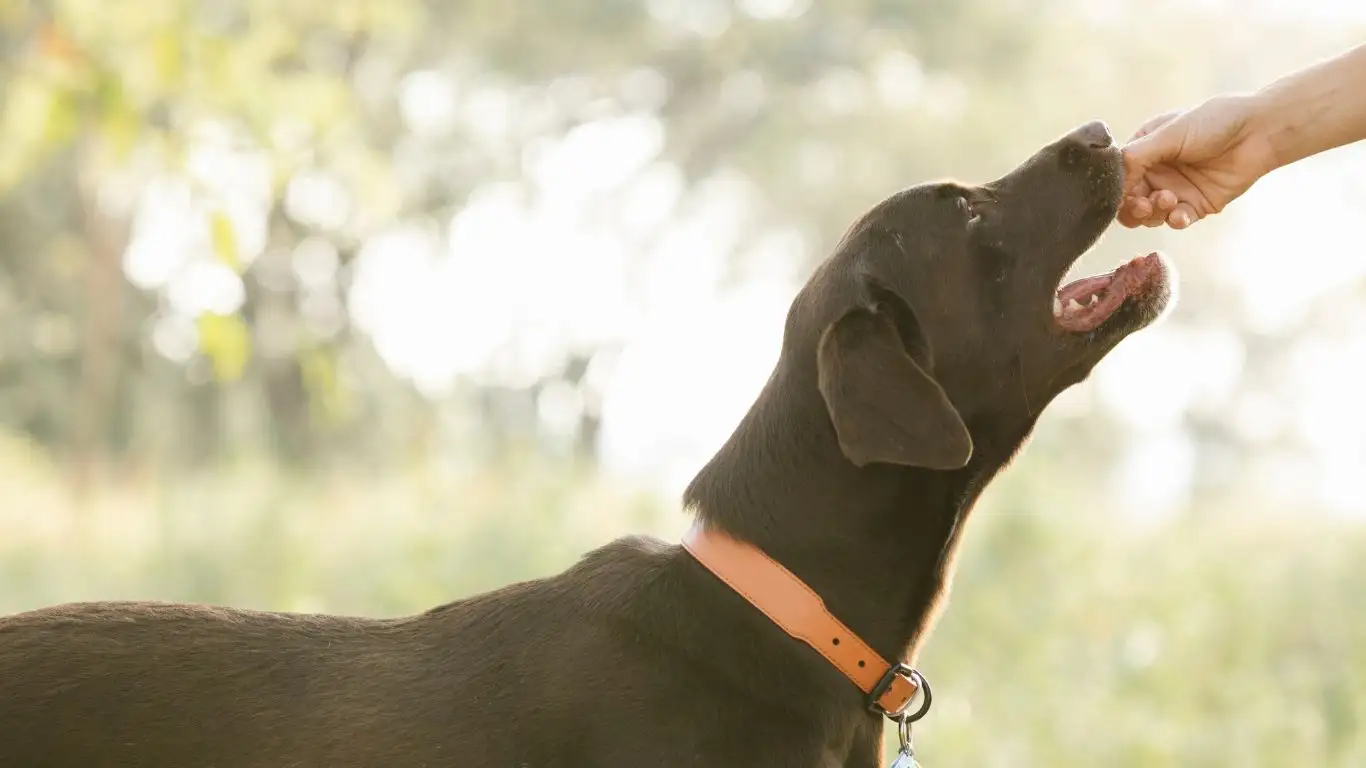
When I first started training therapy dogs, I noticed how even the most obedient pups struggled with boundaries around car doors. And honestly, I don’t blame them—after a long ride, the world outside is full of smells and sights they’re dying to explore. But that split second of impulse can lead to serious consequences. From dodging passing cars to slipping their leash and chasing squirrels, the risk is real.
That’s why the “wait” command is more than just obedience—it’s a safety essential. I usually describe it to new dog owners like a seatbelt for your dog’s behavior. Once they learn to pause and look to you for permission, you’ve created a reliable moment of calm right before the chaos of the outside world kicks in.
The Key to Success: Clear Cues and Consistent Practice
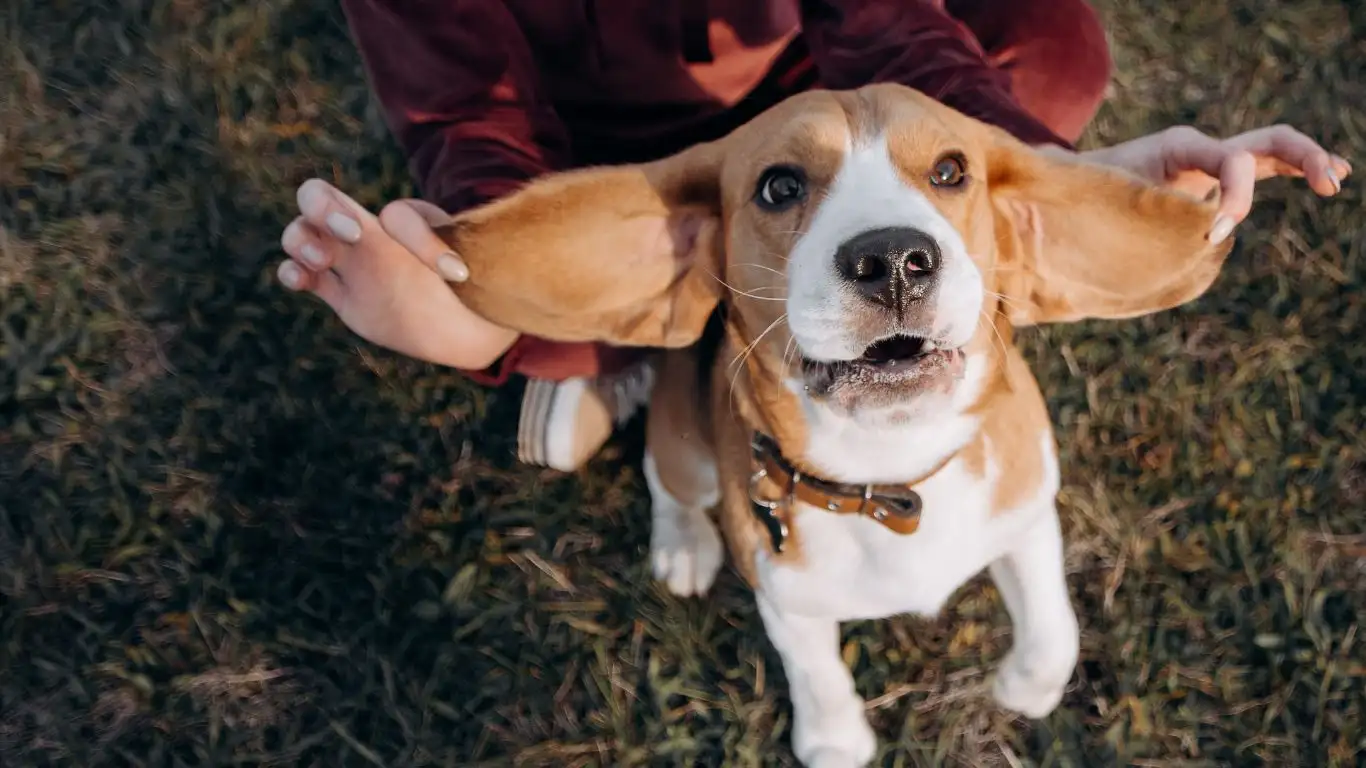
Start in a Calm Environment
Before you even attempt this training in a busy parking lot, practice at home. Park in your driveway or a quiet side street. This gives your dog fewer distractions and sets the stage for a positive learning experience.
Step-by-Step: How to Train a Dog to Wait Before Exiting the Car
- Leash Up Before the Door Opens: Always have your dog on leash before opening the car door. This prevents any unexpected exits during training.
- Use a Verbal Cue: I personally use the word “wait” paired with a hand signal—palm out like a stop sign. Pick something simple and stick to it.
- Open the Door Slightly: Crack the door open a few inches. If your dog tries to move, gently close it again without saying anything. Repeat until they stay still.
- Mark and Reward: The moment they pause, even for a second, say “yes!” and reward with a treat or praise. You’re reinforcing that their patience pays off.
- Build Duration: Once they grasp the concept, gradually increase the time they have to wait. Start with a few seconds, then work up to 10 or more.
- Release with a Cue: When you’re ready for them to get out, use a consistent release word like “okay” or “free.” This helps them learn they don’t go until you say so.
Pro Tips from My Training Sessions
- Body Blocking Works Wonders: If your pup tries to squeeze past, use your body to gently block the exit. No need to push or scold—just hold your ground.
- Practice Outside of Real Scenarios: Don’t wait until you’re late for a vet visit. Make time for training when there’s no pressure.
- Use High-Value Treats: Especially in the early stages, you want the reward to be worth their effort. Freeze-dried liver or cheese cubes are my go-to motivators.
One of my therapy dogs, Max, used to leap out of the car before his paws even touched the ground. He was a gentle Golden Retriever, but in his excitement, he once clipped a child standing nearby. That’s when I knew we had to master the “wait” command for real—not just for Max, but for the people he interacted with.
Real-Life Benefits: Safety, Control, and Trust
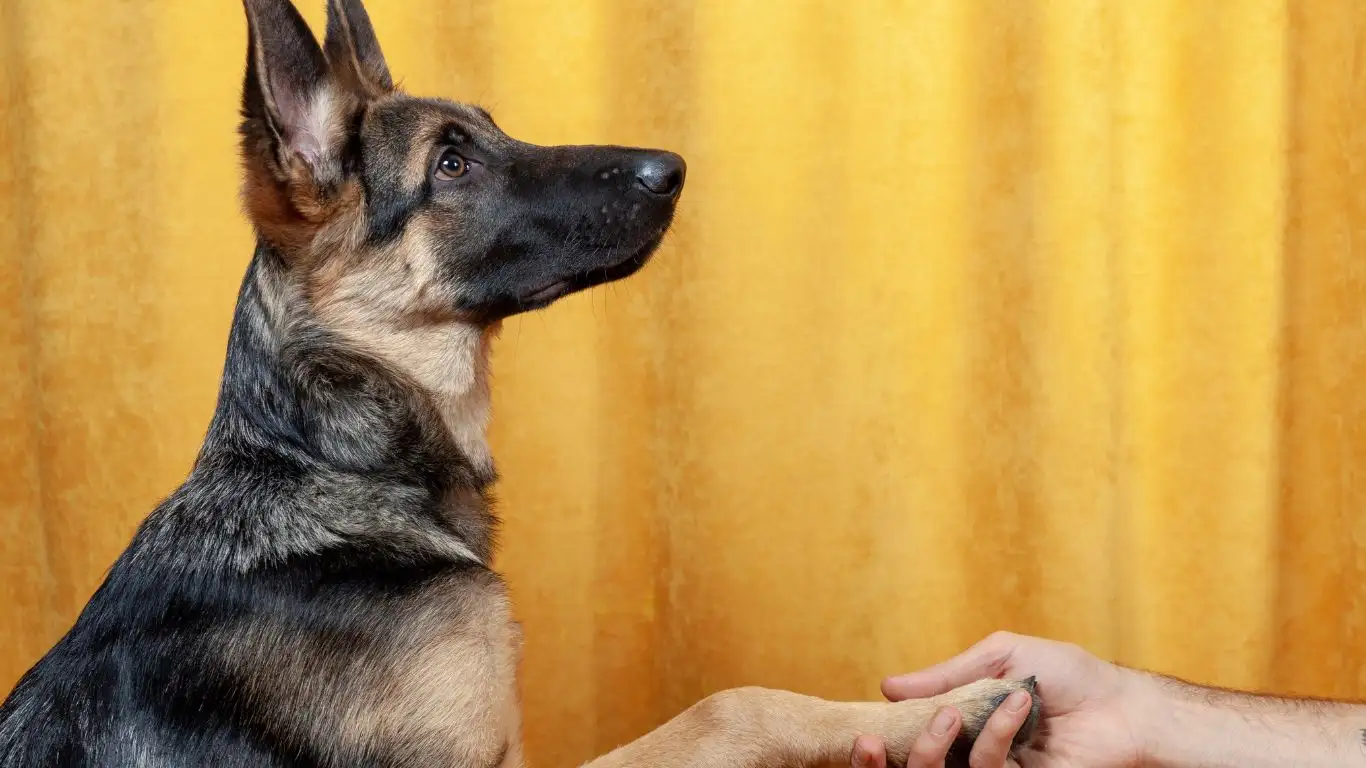
When your dog knows how to wait before exiting the car, you’ll notice more than just better behavior—you’ll see a shift in how they look to you for guidance. That simple act of pausing strengthens your bond. They’re saying, “What now, human?” and you’re showing them the path forward.
In the next section, I’ll break down how to troubleshoot common challenges, like what to do if your dog just won’t stop jumping out or how to reinforce the behavior in busy environments. But for now, give yourself credit for even thinking about how to train a dog to wait before exiting the car—it shows you’re already prioritizing safety and mutual respect in your relationship with your dog.
Common Challenges and How to Work Through Them
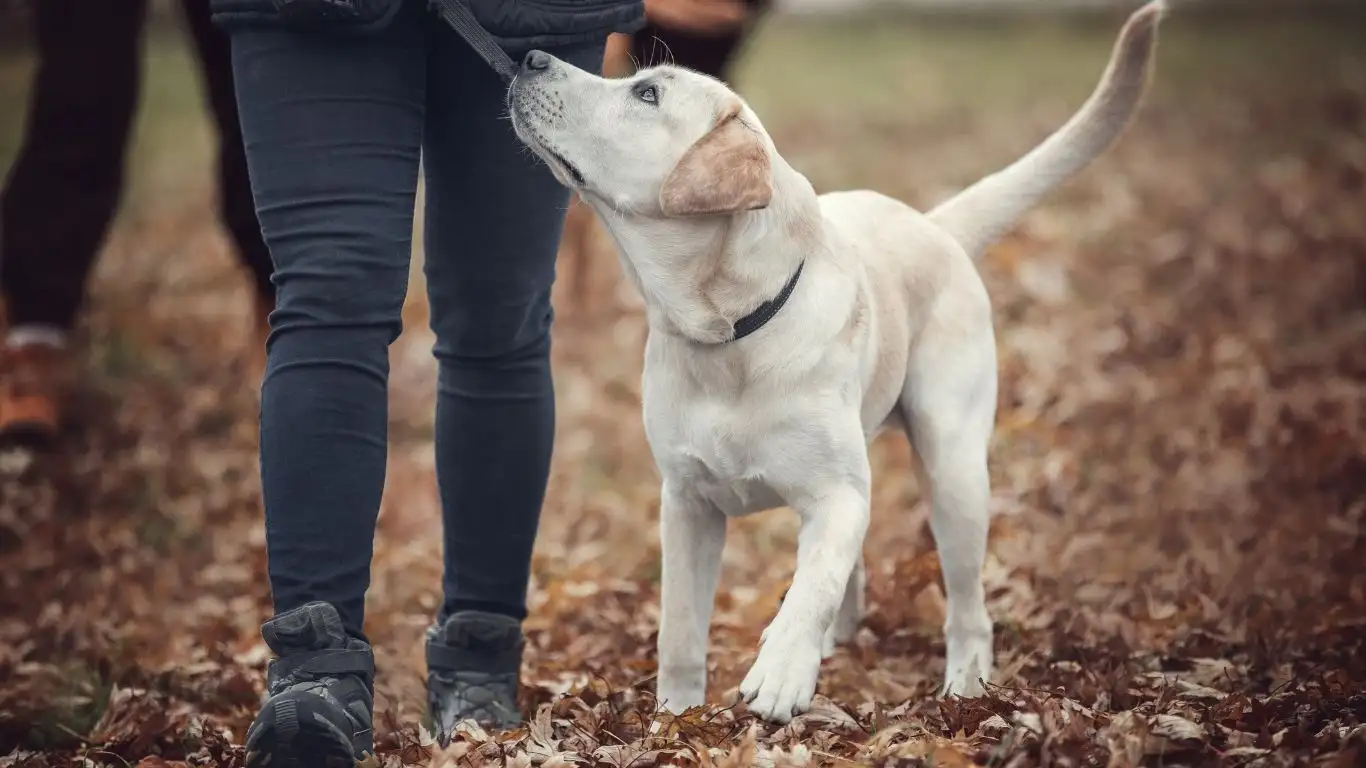
Let’s be real—not every dog picks this up on day one. And if your pup is one of those “I’m outta here!” types, you’re not alone. I’ve had dogs in training who acted like car doors were portals to Narnia—just pure excitement and zero chill. The good news? Even the most enthusiastic adventurers can learn how to train a dog to wait before exiting the car. You just need to be patient, consistent, and maybe laugh a little when things don’t go perfectly.
If Your Dog Ignores the Cue
This is super common in the early stages. I had a Labrador named Daisy who would hear the word “wait” and take it as a suggestion, not a command. Here’s what helped us:
- Short, daily sessions: We practiced 3-5 minutes a day, keeping things low-pressure.
- Leash anchored inside the car: I gently held her leash short so she physically couldn’t jump out, reinforcing the idea with my voice and body language.
- Non-reaction to mistakes: If she jumped out too early, I didn’t scold—I just calmly put her back in and tried again. Rinse and repeat. And yes, I lost count how many times we repeated!
Distractions Outside the Car
Distractions are like kryptonite for dogs in training. Squirrels, joggers, the neighbor’s cat… you name it. That’s why your dog needs to generalize the “wait” cue in a bunch of different environments, not just your driveway.
- Start in quiet areas and slowly introduce more stimulating environments.
- Use higher-value treats in busier settings—think chicken or even peanut butter on a spoon.
- Always reinforce the moment of stillness, even if it’s brief. You’re shaping the behavior bit by bit.
With one of my therapy dogs, Charlie, we practiced near the dog park (but not inside it). He learned to wait even while listening to a dozen barking dogs on the other side of the fence. It took weeks, but it worked. And yes, it felt like winning the lottery the first time he waited calmly on his own.
Reinforcing Good Behavior Over Time
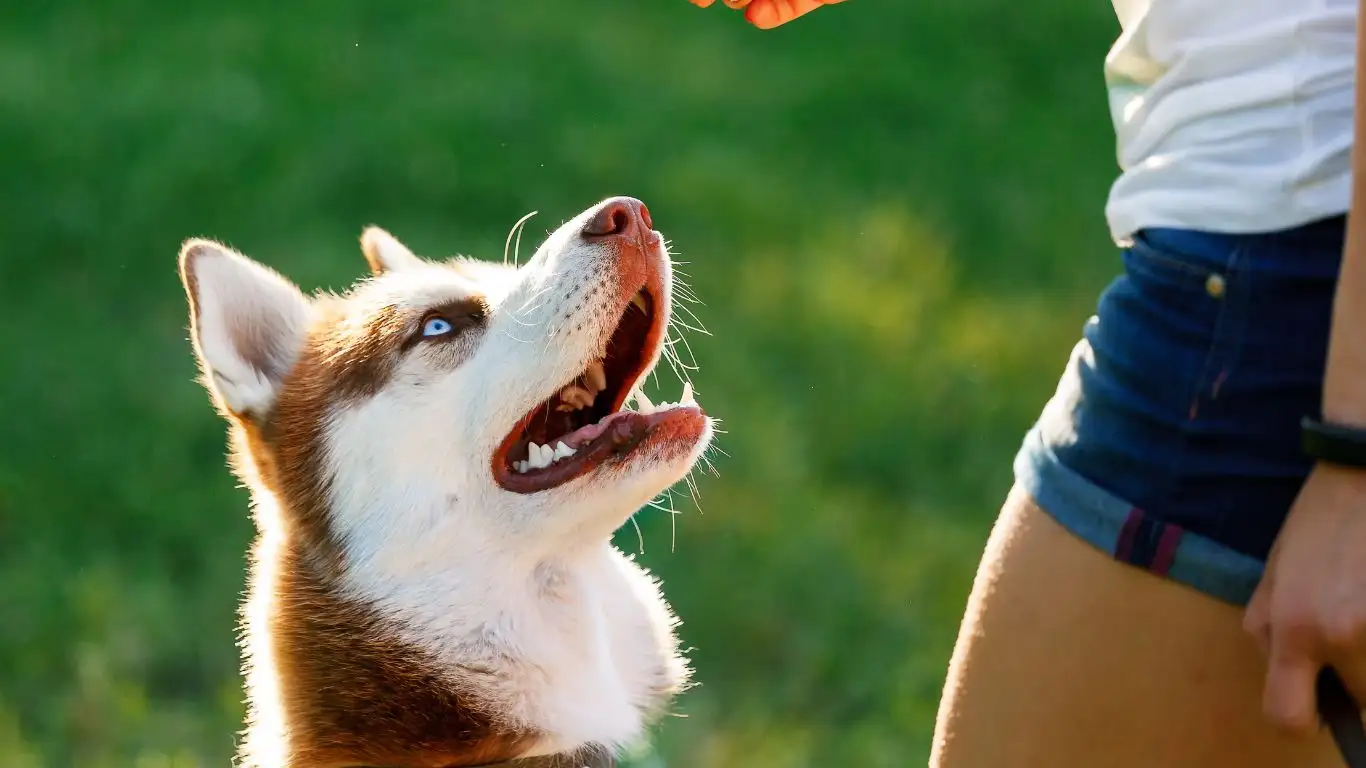
Teaching your dog a skill is one thing—keeping it solid over time is another. Behavior tends to fade if it’s not reinforced regularly. I always tell my clients: “Maintenance is training, too.”
Keep Using the Cue Consistently
Even after your dog has nailed the behavior, don’t get lazy with the cue. Say “wait” every single time before opening the door, even if you think they already know what to do. Dogs thrive on repetition.
Occasional Rewards Keep It Fresh
You don’t need to give a treat every time forever, but an occasional jackpot reward goes a long way. I’ll randomly pull out a treat or extra praise when my dog waits like a pro—it keeps the behavior sharp and enthusiastic.
Switch Up the Environment
Once your dog can wait reliably in your usual spots, test them out in new places. Different cars, different parking lots, different times of day. The more situations they can handle, the more reliable the behavior becomes.
Why “Wait” Builds Better Communication
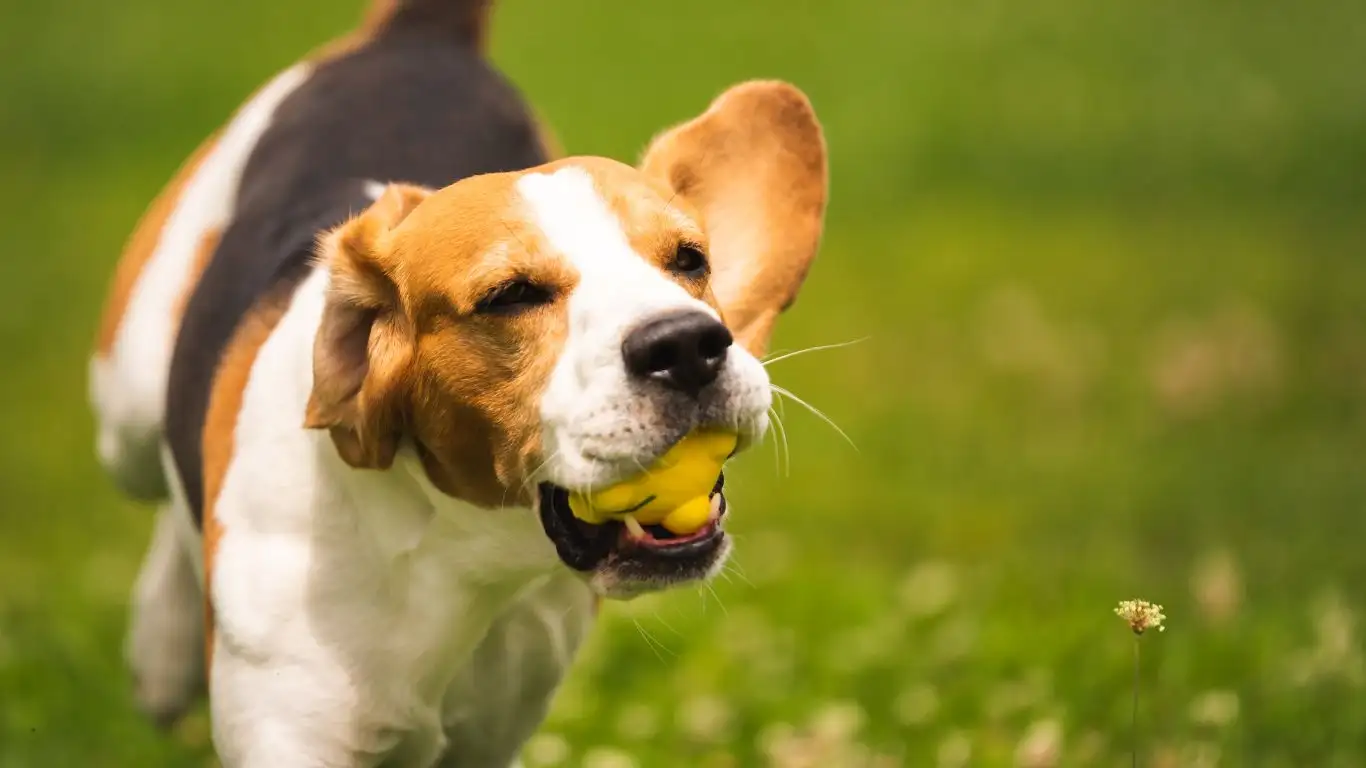
Here’s something cool I’ve noticed after training dozens of dogs in this skill: it doesn’t just teach them to pause—it teaches them to pay attention to you. You become the checkpoint. That simple act of waiting builds trust and clarity in your relationship.
And for therapy dogs like the ones I work with, that’s golden. They need to be calm, controlled, and in tune with their handler’s cues. But even if your pup is just your weekend hiking buddy, the benefits are the same. Better communication. Safer exits. A stronger bond.
Funny story—my client’s dog, Benny, started offering a sit and eye contact at the car door even before she said “wait.” He basically trained himself to check in before hopping out. Why? Because he had learned it felt good to wait. He got praise, sometimes a treat, and always a clear green light when it was time to go. That’s what solid training does—it builds habits that stick, even when you’re not actively thinking about it.
Stick around, because next we’re diving into advanced techniques, including how to add duration and distractions, plus how to make “wait” part of your dog’s broader routine and road manners. Trust me, once you master how to train a dog to wait before exiting the car, you’ll start seeing the ripple effect in all sorts of surprising places.
Advanced Tips to Strengthen Your Dog’s “Wait” at the Car Door
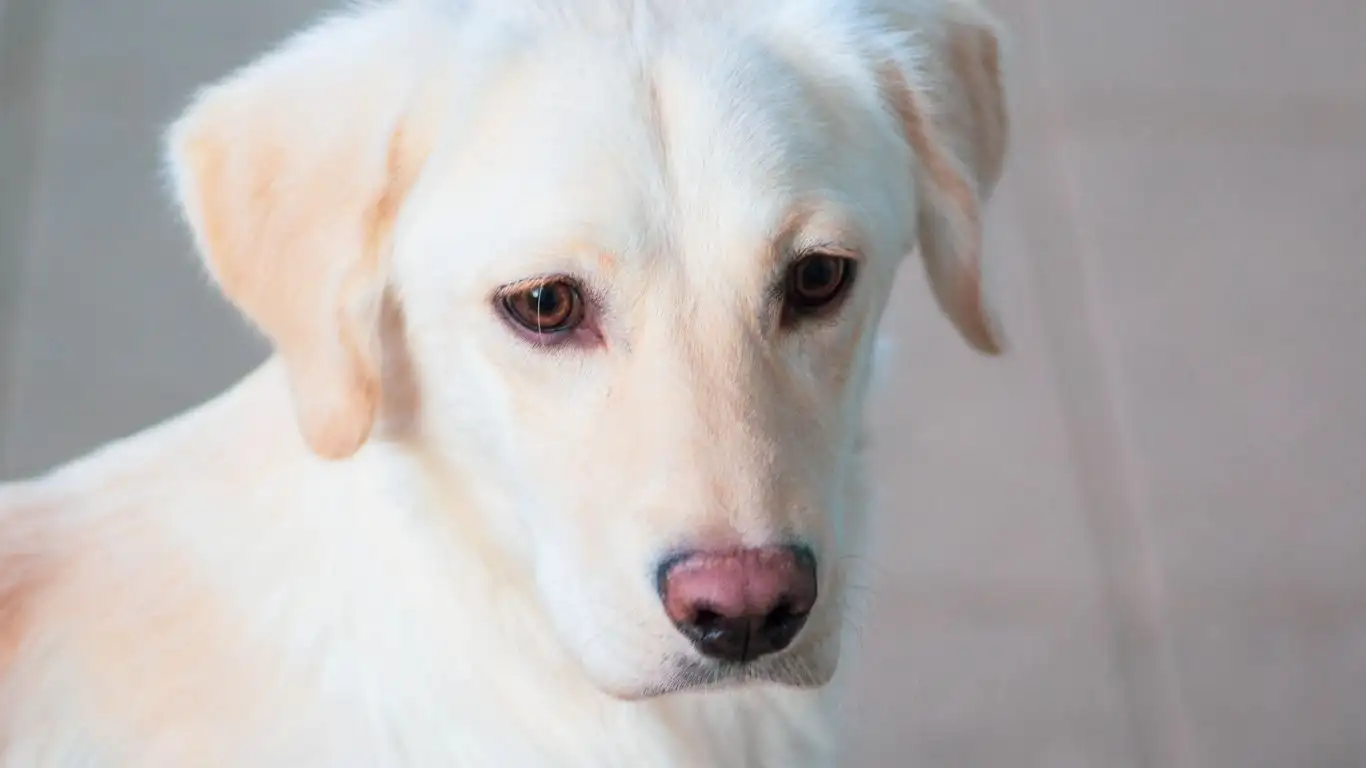
So you’ve gotten the basics down and your dog reliably waits before jumping out of the car—awesome! But as with any skill, there’s always room to sharpen it and make it even more dependable. Over the years working with therapy dogs and countless client pups, I’ve learned a few tricks that help boost reliability and make this behavior rock solid, no matter the distractions or excitement level.
Adding Duration: Teaching Your Dog to Wait Longer
Once your dog is comfortable pausing for a few seconds, the next step is gradually increasing how long they wait before the release cue. This builds patience and focus, which can be lifesaving in busy environments.
- Start Small, Build Slowly: Add just a second or two at a time to your dog’s wait. If they hold for 5 seconds, try for 6 or 7 on the next round.
- Stay Calm and Positive: Your energy sets the tone. Keep your voice cheerful and encouraging so your dog doesn’t get frustrated.
- Use a Timer if Needed: Some owners find it helpful to count silently or use a stopwatch app, so they can track progress without rushing.
My dog Bella once struggled holding her wait beyond 10 seconds. To help, I used a clicker and treats every 5 seconds she held steady, which made the wait feel like a game rather than a test. Before long, she was happily sitting for 30 seconds without a fuss.
Handling Distractions Like a Pro
Nothing tests your dog’s training quite like real-world distractions—especially near the car door where excitement peaks. I always recommend layering distractions in slowly to keep your dog confident.
- Practice Near Calm Outdoor Spots: Start in quiet parking lots or side streets, then move toward busier areas.
- Bring a Helper: Have a friend walk by, jog, or even bicycle nearby while you practice the wait cue.
- Reward Focus: If your dog glances at you instead of the distraction, mark that moment immediately with praise or treats.
- Use Your Body Language: Position yourself so your dog faces away from distractions or block their view gently if needed.
When training my therapy dog Luna, we had to work through a bustling farmer’s market near the car. She was tempted by all the smells and movement, but with slow exposure and steady reinforcement, she learned to look back at me for her “okay” cue. That moment of eye contact was a huge milestone.
Incorporating “Wait” into Everyday Routines
Training shouldn’t feel like a separate task—it’s best when it becomes part of your everyday life. Here’s how to make “wait before exiting the car” second nature for both you and your dog.
Routine Makes Perfect
Every time you get out of the car, use the same cues and steps. Predictability helps your dog understand exactly what you expect. I personally make it a habit to leash up first, give the “wait” cue, open the door slowly, and release with “okay.”
Use It as a Foundation for Other Skills
“Wait” at the car door can be a springboard for other important behaviors like controlled greeting, leash walking, or entering public spaces calmly. It’s a fundamental piece of a well-mannered dog’s toolkit.
Don’t Skip the Refresher Sessions
Even the most well-trained dogs can get sloppy over time if the behavior isn’t maintained. Drop into quick refresher practices every few weeks. It only takes a few minutes to keep things sharp.
Personal Reflections: Why This Training Matters to Me
In my career as a Canine-Assisted Therapy Trainer, safety and trust go hand-in-hand. I’ve seen firsthand how a simple skill like waiting before exiting a car can prevent accidents and create smoother interactions—not just for the dogs, but for everyone around them.
One story that sticks with me is about a client’s dog, Maxine. When we first met, she was a sweet but impulsive girl who bolted every time the car door opened. After weeks of patient training, Maxine started waiting calmly. One day, a toddler ran unexpectedly behind the car as the door opened—Maxine’s wait gave the owner enough time to grab her collar and keep her safe. Moments like that remind me why teaching this behavior isn’t just about obedience; it’s about building a partnership that protects and respects your dog.
References and Resources
- ASPCA – Animal Behavior and Training
- American Kennel Club – Training Tips
- Cesar’s Way – Dog Training Advice
- American Veterinary Medical Association
Disclaimer
The information provided in this article is based on personal experience as a Canine-Assisted Therapy Trainer and general best practices in dog training. However, every dog is unique, and training progress may vary. If your dog has behavioral or medical issues, please consult with a certified professional trainer or veterinarian before starting new training protocols. This article is intended for educational purposes and should not replace personalized advice from qualified professionals.
